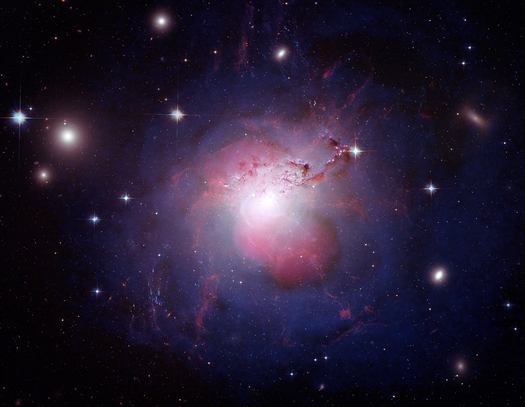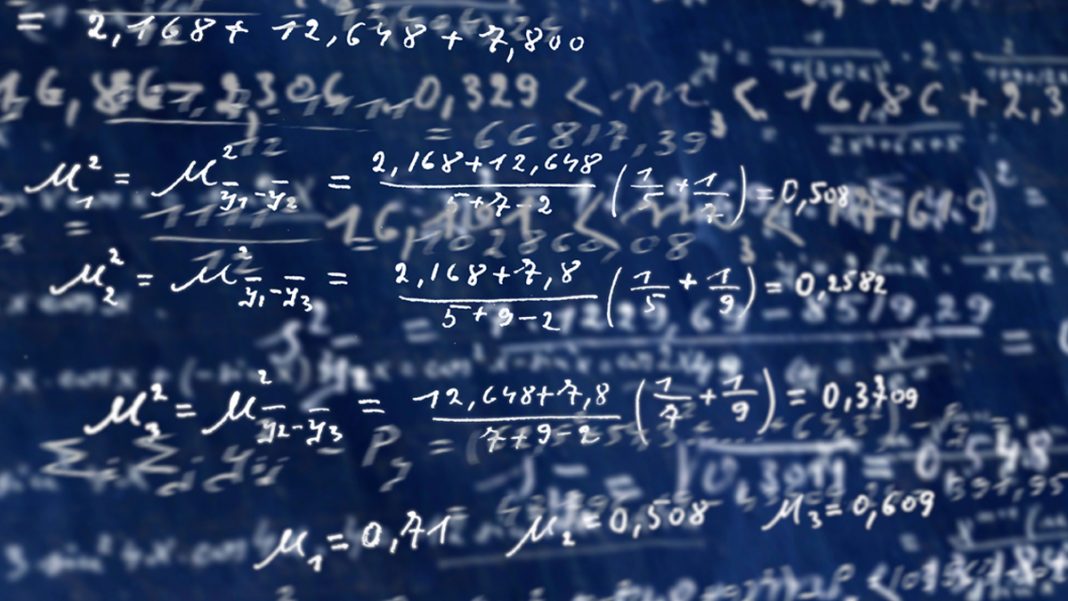A huge wave has been discovered by a team of scientists using combined data from NASA‘s Chandra X-ray Observatory with radio observations and computer simulations. It’s been found in the nearby galaxy cluster Perseus and is estimated to span around 200,000 light years. Researchers figure that the wave formed billions of years ago after a smaller galaxy cluster swept the past and caused its huge amount of gas to get about.
“Perseus is one of the most massive nearby clusters and the brightest one in X-rays, so Chandra data provide us with unparalleled detail,” said lead scientist Stephen Walker. “The wave we’ve identified is associated with the flyby of a smaller cluster, which shows that the merger activity that produced these giant structures is still ongoing.” A paper will be published in the June 2017 issue of the journal Monthly Notices of the Royal Astronomical Society.
The observations that Chandra’s revealed shows a variety of structures in this gaseous galaxy cluster including bubbles created by the black hole in Perseus’ center, or a concave feature known as the bay. The shape of this bay couldn’t have formed by bubbles emitted by the black hole. Observations confirm the bay structure produces no emission, which is very odd for anything that’s associated with black holes. Walker and colleagues investigated further the existing Chandra observations of Perseus and then compared these to simulations of merging galaxy clusters.
John Zuhone is an astrophysicist at the Harvard-Smithsonian Center for Astrophysics in Cambridge, Massachusetts, and he says, “Galaxy cluster mergers represent the latest stage of structure formation in the cosmos. Hydrodynamic simulations of merging clusters allow us to produce features in the hot gas and tune physical parameters, such as the magnetic field. Then we can attempt to match the detailed characteristics of the structures we observe in X-rays.”
The researchers also discovered that the size of the waves is linked to the strength of the cluster’s magnetic field. They tended to be much larger when the magnetic field was weak; nothing formed if it was too strong. Astronomers are pleased with the results from the research and now have a method for obtaining the average magnetic field of these clusters.
More News to Read











